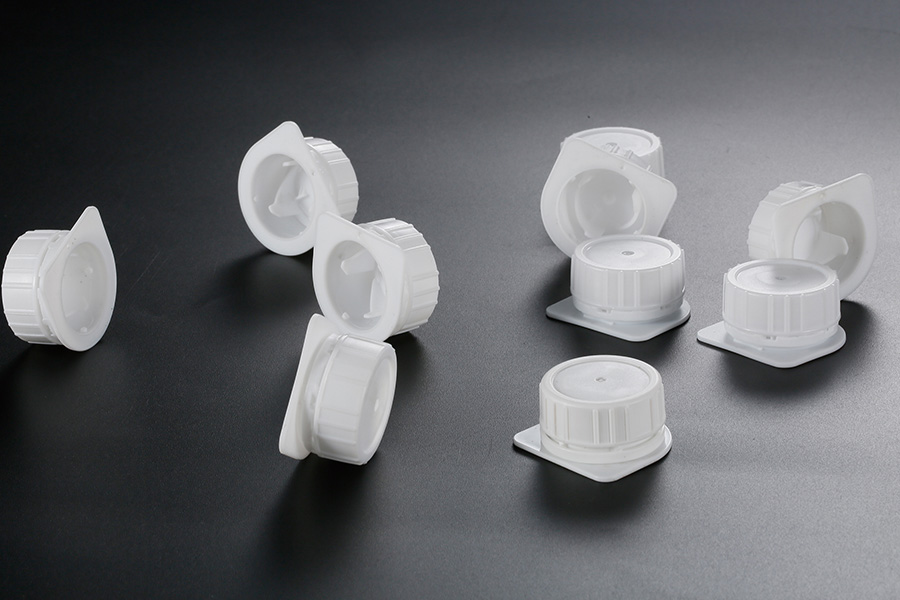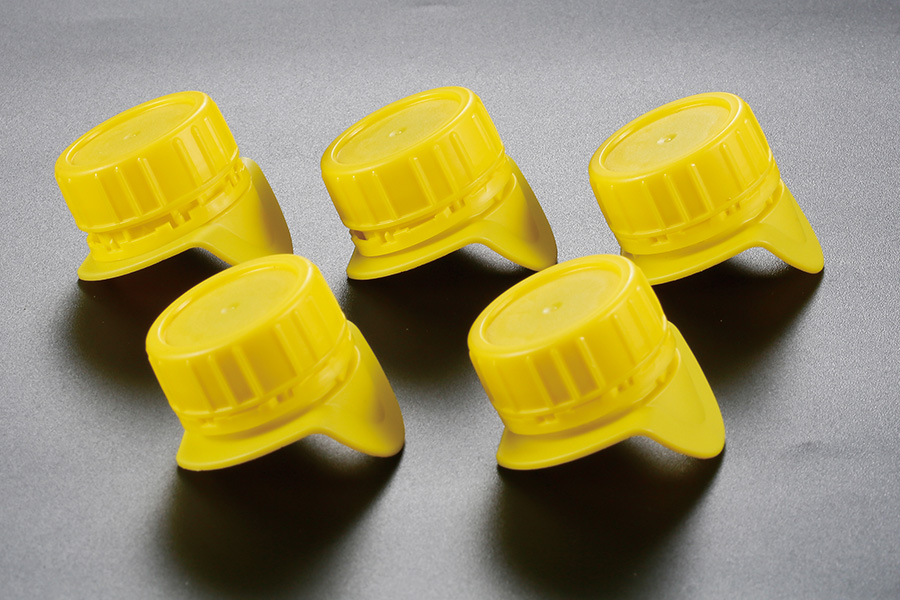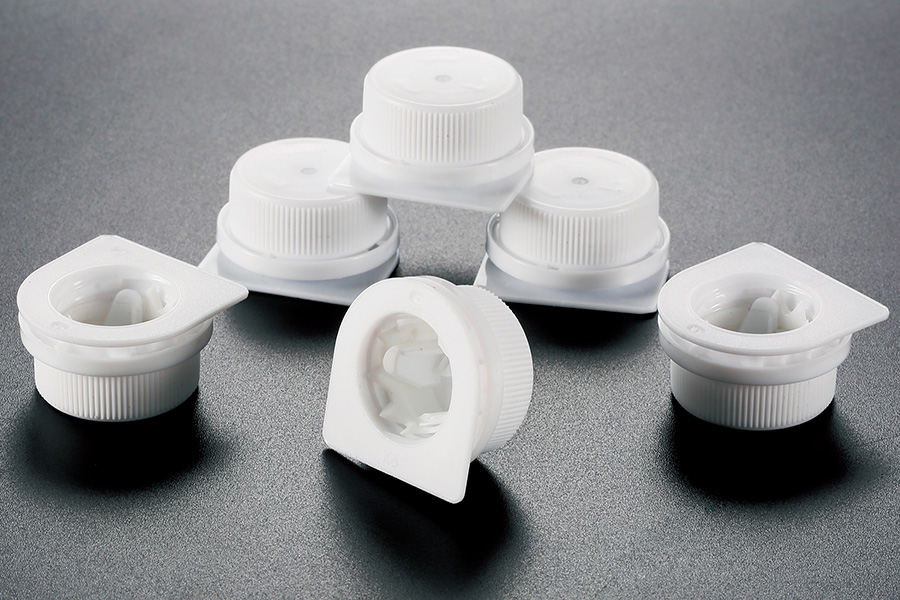Tethered caps, also known as attached or connected caps, prevent caps from being completely separated from bottles. This design reduces the risk of lost caps littering the environment and aids in recycling processes by keeping caps and bottles together. However, the requirement to tether caps introduces new engineering challenges. Packaging bottle caps must be designed not only for secure sealing and easy opening but also to remain connected reliably without compromising functionality or user experience.

One key consideration in tethered cap engineering is the material selection and hinge design. The hinge connecting the cap to the bottle must be flexible enough to allow repeated opening and closing without breaking, yet sturdy enough to prevent accidental detachment during handling or transport. This balance often involves the use of durable, food-grade plastics with specific mechanical properties. Furthermore, the hinge must be engineered to withstand temperature variations and mechanical stress encountered during shipping and everyday use.
Drip-free caps have gained importance within the context of tethered cap regulations. A drip-free cap is designed to less liquid leakage during pouring, which is especially crucial when the cap remains attached to the bottle. When a cap is tethered, any dripping or leaking can cause the liquid to run down the bottle or the hinge area, potentially affecting user experience and product safety. Therefore, engineers focus on drip-free cap designs that incorporate effective seals, precise threading, and optimized spout geometry to prevent spills.
The integration of drip-free features into tethered packaging bottle caps requires advanced engineering techniques. For example, designers may incorporate internal sealing rings or gaskets that create tight seals when the cap is closed. Additionally, the threading on both the bottle neck and cap must align precisely to prevent gaps that could advance to leakage. The spout or pour opening may also be shaped to direct liquid flow smoothly, avoiding drips or spills. These design elements collectively enhance the overall functionality of tethered caps, improving customer satisfaction and product performance.
Tethered cap regulations have also prompted manufacturers to reconsider the recyclability of packaging bottle caps. Keeping caps attached to bottles facilitates better sorting and recycling processes, reducing contamination in recycled materials. However, engineering a tethered cap that balances durability, usability, and recyclability remains a complex task. Some designs utilize thinner plastic in the tether to allow easy recycling while maintaining sufficient strength. Others explore bioplastic materials that provide environmental benefits without compromising performance.
Another engineering aspect influenced by tethered cap regulations is the user interface. Consumers expect packaging bottle caps to be easy to open and reseal while remaining securely attached. Engineers strive to develop tethered caps with ergonomic features such as textured grips or leverage points that simplify opening. The tether itself is designed to be unobtrusive yet strong, ensuring it does not interfere with the pouring action or the drip-free performance of the cap.
Despite the challenges, tethered cap regulations drive innovation in packaging bottle cap engineering. They encourage the development of multifunctional designs that combine environmental responsibility with user convenience. Drip-free caps that adhere to tethering requirements help manufacturers meet regulatory standards while maintaining product quality. This balance is essential for brands aiming to comply with regulations without sacrificing consumer satisfaction.
In conclusion, tethered cap regulations significantly impact the engineering of packaging bottle caps. These regulations require caps to remain attached to containers, influencing material choices, hinge and seal design, user ergonomics, and recyclability considerations. Drip-free cap technology plays a vital role in enhancing the functionality of tethered caps by preventing spills and ensuring a clean user experience. As environmental concerns continue to shape packaging standards, the integration of tethered and drip-free features in packaging bottle caps will remain an important focus for manufacturers and engineers alike. This ongoing evolution promotes sustainability while addressing practical challenges in bottle cap design.


 English
English  русский
русский عربى
عربى



